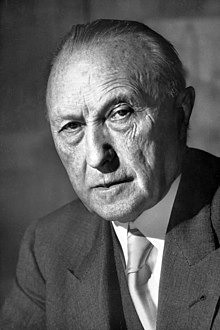Kulturskatter på nätet/en/Why publish material under a free license?

What copyright status does the work have?
In order for the visitors to be able to know who owns the material on the internet, the material should have metadata. The website should also explicitly say what copyright status the work has, so that the visitors can know what they can do with the material. There are two types of licences: copyright (regular copyright) and copyleft (such as Creative Commons licenses).
The copyright system is aimed towards limiting the dissemination of material. For instance, the owner of a photographic image have the rights to the image for 50 years after it was first published. A photographic work on the other hand are protected for 70 years after the creator's death. When the period of copyright has ended, noone owns the copyright (not even the person who owns the physical object). A work which is no longer protected by copyright is said to be in public domain, although that concept does not exist in Swedish law. If an image does not use the copyleft system, it is automatically the copyright system which is in effect. You need not, in other words, act to protect the work.
The copyleft system has the goal of making it easier to disseminating the material according to the rules that the rights' owner chooses.
For more information about the differences between the various licensing systems, se Copyright copyleft (pdf).
Why publsh material with a free license?
To publish material with one or several free licenses (rather than to use the traditional copyright system), you need to make a decision. For us Wikipedians that decision is easy, but for cultural heritage institutions those discussions can be helped by these arguments:
- the material will reach a larger audience – especially if the material is used on Wikipedia, one of the most visited websites in the world
- it decreases the need for a large number of small digitization efforts (since the material they want can be referred to what is already on the internet) – see also the question about loss of revenue
- the staff thinks it's interesting to work with the Wikipedia community
- since the public can remix the material, experienced graphic improvement experts can discover unknown details in the material
=How to publish material with a free license
To publish material with a free license is easier than you may think:
- choose which license you want to use, for instance
- välj vilken licens ni vill använda, for instance with the help of this guide
- find out whom owns the copyright of the material. If you as an institution own the copyright, you can make the decision. In that case, you can skip forward to step 4
- ask the right's owner if you can publish the material with a free license. Inform that person or organization of the possibilities that are mentioned above
- scan or photograph the images, if they are not already in a digital format
- publish the images on your website or on Wikimedia Commons (instructions)
- state the name of the license clearly near the material. On Wikimedia Commons you choose a license when you upload the material. On your website it can look like this: "This image: CC-BY-SA 3.0" or "All images: public domain"
- tell others about what you have done via blogs, Facebook and other social media
(Image uploads with more than 100 images are somewhat difficult to do on your own. Contact your local chapter for help.)
For more information about the process to publish material, see Do this.
Free licenses
There are many different free licenses. For reasons of simplicity, we recommend the licenses of Creative Commons. Above all we recommend:
- CC-BY-SA, which allows for others to copy, share, remix and sell the material, as long as the user credits the creator and uses the same license. One does not have to ask for permission to use the material, since the permission embedded in the license.
- public domain, which lets others to do anything with the material, without restrictions.
